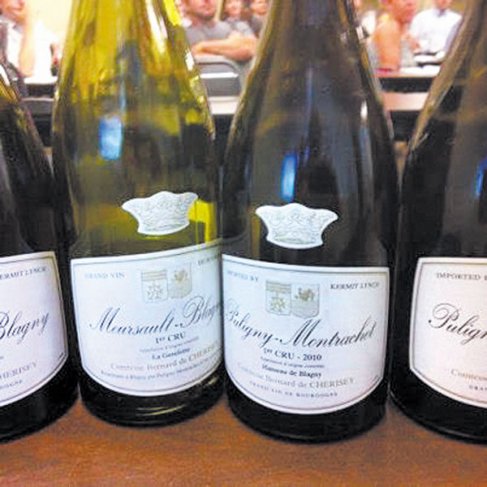A New ‘New World’ Sense Of Place
I have on several occasions written on the subject of “Old World” versus”New World” wines, and I dare not bore you with any repetition. Based on the established fact that Old World wines express an earthier component than New World wines, I have observed some very interesting developments that, in my mind, may change the conversation. I think that there may be a formula for New World wine producers to follow that may allow them to produce wines much more similar to Old World.
vino_1_061213
Let me preface this by reminding everyone that I have an Old World palate. I enjoy more wines from the old than the new. The basis for this is that I think the best wines in the world speak about a place rather than just a grape. And for me, the Old World is much better at expressing place than the New World.
But this is changing. Let me tell you of the formula I’ve seen in the New World that has led me to this conclusion. Take cooler-climate vineyards in California (the term cooler is relative, of course), grow the grapes without any irrigation and pick the grapes earlier than what would be considered the norm for the area – and voila! You have a wine that tastes a lot more like the Old World version.
I have seen this phenomenon on several occasions now, and I believe it has some traction. I first saw it when the Evening Land project began at Seven Springs Vineyard in Willamette Valley some five or six years ago. Dominique Lafon, one of Burgundy’s, and therefore the world’s, great producers, began consulting for the vineyard. Through my conversations with people on the ground, I found that one of the major things he changed when he arrived in Oregon was the date of harvest. He harvested almost two weeks earlier than what they thought was the optimum ripeness in the grapes. This is all dependent on the vintage and growing season, but all things being equal, the winemakers on the ground were so surprised at how early he was harvesting. But the wines he produced that year were some of the best Chardonnay and Pinot Noir I have ever tasted from Oregon. They had a unique sense of the vineyard and the basalt soils therein without overbearing oakiness. I cannot confirm that the grapes were dry-farmed, but Oregon does have a habit of dry farming, since it is more prone to rain than most areas of California.
I see it happening again in the Santa Barbara area, more specifically in Santa Maria Valley and Santa Rita Hills, especially by one winery by the name of Lieu Dit made by Justin Willett. He sources Sauvignon Blanc, Chenin Blanc and Cabernet Franc, even Syrah and Grenache, from some of the coldest vineyards in the region. He has not confessed to me yet that he harvests earlier than most, but I more than suspect it. Each one of the wines he poured for me on my visit reminded me so much of their Old World counterparts.
The Sauvignon Blanc was grassy and mineral, the Cabernet Franc was leafy and heady, the Syrah was full of white pepper and gaminess – even the Grenache was meaty and suggested a savory, floral note that I usually only get with Old World versions.
I dread the word “formula” and even worse, “recipe.” Perhaps it is more importantly a change in philosophy and destination point. That point is no longer just flavor and fruit, but a sense of the earth and place. For now, it is the exception rather than the rule.
Recommendations: 2010 Domaine de Cherisey Meursault Blagny “Genelotte” 1er Cru ($89) Heavenly scented with minerals, sweet peach and other stone fruits; beautifully refreshing and vibrant. A wine that has energy and flavor to last a decade, easily. SIP Moscato ($13) Fun, friendly, beautiful package. Something you can chug on a warm afternoon in summer. Flowers, sweet nectarine and lychee flavors galore.






